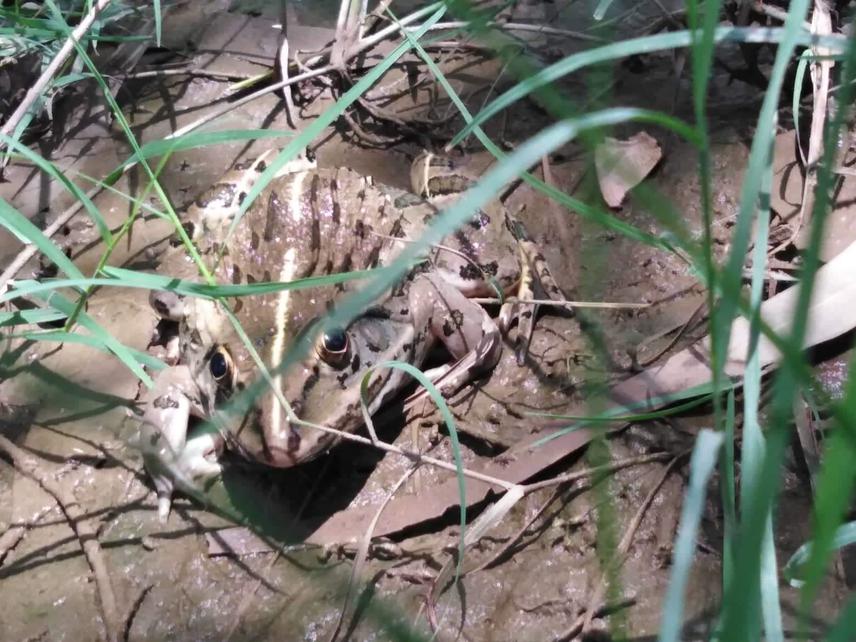Shahidullah Amn
Nangarhar harbour diverse frog species which need detail inventory for their conservation and monitoring. The project is mainly to understand the diversity and come up with the list of frogs in Nangarhar province. The project will also come up with pictorial guide book of frogs of this area which includes Kabul river basin and irrigation canals as well as agricultural land. The main conservation outcome will be educating students and farmer about the importance of frogs in Afghanistan where they still don't fully understand the ecological benefit of these amphibians. The engagement of university student in creating mass awareness throughout the province and monitoring will be main contribution.

Hoplobatrachus tigerinus.
Frogs are facing mass extinction with half of the world's 4740 species in danger of extinction due to habitat loss, climate change, pollution and negligence by people. Being agriculture faculty at Nangarhar University I have frequently visited farmland and saw people applying lots of pesticide to control pest, which are the easy prey of frogs. The saddening fact is that people unnecessarily kill frog thinking that frog spreads diseases in paddy field. They destroy spawn in canal and swamp to control frog population which is disastrous to the frogs. The usually known causes for the extinction of frogs, toads, salamanders and other amphibian species are the loss of their habitat through human activities, pollution, spreading of invasive species and hunting them for food. The most important factor in Afghanistan is that people's negligence and poor understanding of their ecological value. The common threat will be addressed through awareness campaign. Involvement of people is the most effective methods of conservation.
The frog diversity will be estimated using three techniques concurrently in space and time (same day) in each habitat types: acoustic survey with visual encounter of adults (ASVE), automated digital recorders (ADR) and dip net survey of larvae (DSL). We will conduct ASVE samplings during the night (Scott and Woodward 1994), for which four people with flashlights perform a slow, time constrain walk on the edges of the breeding ponds and habitat types estimating species richness through calls and visualizations.
The biggest outcome of this project will be to change the people's perception of frog being harmful to agriculture. Some of the river frogs are being consumed excessively by nomadic population and the project will work to change that by educating them. The conservation effort will be effective and long lasting if we bring people's mind set into conservation of frog species by letting them know their importance.